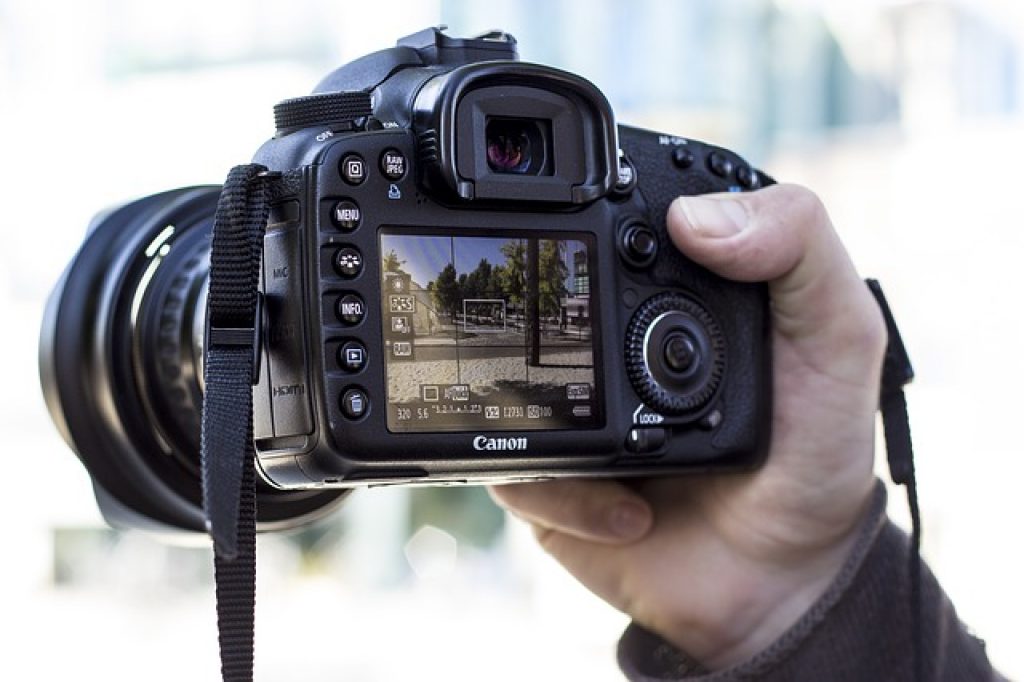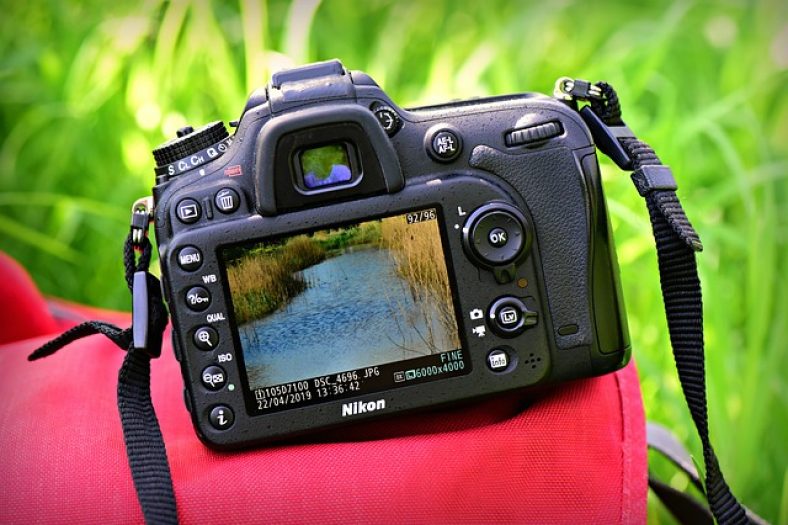It’s no secret that photographic equipment is extremely expensive, particularly for amateur photographers aiming to be professional photographers. Annually, new models are produced, resulting in a surplus of used DSLR cameras on the market. You’re sure to find some great deals among these used models, and hey! Who doesn’t enjoy a good deal?
We’ll look at acquiring used DSLR cameras in this article, as well as some things to look out for.
Purchase from new photographers
Professional photographers are known for mishandling their camera equipment. A camera in operation isn’t usually handled properly because it’s in the hands of many different people on any one day, and it’s used each day. For this reason, when you purchase a DSLR camera from an experienced photographer, it is likely to result in a camera with far more excessive wear and tear.
Then you’d have to purchase it from a regular person. It is best to purchase secondhand cameras from people who haven’t used them in a long time. So, wherever possible, buy gear from newbie photographers since they normally preserve it in the best possible condition.
The shutter count
The shutter counter functions similarly to a mileage counter in a car. It’s a component that shows how many shutter cycles have passed. You should know that the large bulk of DSLR cameras allows the camera to collect an unlimited number of shutters before the component is changed.
On every camera company’s website, the frequency of shutter cycles for different models is listed. Thus, a simple search on Google should get information about a specific model or brand. If you were to buy a new DSLR camera, the process would be pretty straightforward: order a DSLR camera online or from a local camera store, and begin taking photographs.
The greater the shutter count number, the more images that particular camera has indeed been able to shoot.
Autofocus
It’s usually a good idea to double-check that the autofocus is working. During function shoots, when there is a fault, it will disappoint the photographer. Focusing on a faraway subject is one of the greatest ways to see if the autofocus operates properly. Set the live view mode on the used DSLR camera and the usual phase detect mode on the camera. I also tried both continuous and single AF shots during this time.
Buy previous year’s model
If you are purchasing a current model, buying a secondhand camera makes little sense. Mostly, if you buy a secondhand camera of a recent model, you won’t get a good deal on it, plus you won’t receive a warranty on it.
Purchasing used equipment is all about saving money, and if you’re not saving much, then consider spending an extra hundred bucks on the latest camera model, which will offer you the peace of mind that comes with a complete guarantee.
If you insist on purchasing a used camera, ensure it’s the previous year’s model because it’s the only way you’ll save money. In many instances, the new camera model will not differ significantly in terms of specs from its predecessor, so don’t fall for the hype that you’ll require the most recent model to improve the appearance of your work.
Remember to check the sensor
Whenever customers come across a camera they would like to buy, they look at almost everything, including the body, LCD screen, and the viewfinder, but they rarely check the sensor. Regardless of how great the camera appears from the outside, experts insist you check defaults lying beneath the surface and identify them as fast as possible.
Scratches or faults in the sensor are the most serious and common of these problems. When purchasing secondhand equipment, be cautious because the seller might not be honest about the quality of their DSLR. Plus, sensor problems are rather common amongst older cameras.
Before completing the purchase deal, shine a spotlight on the sensor and ensure everything looks neat and clean to relax your mind. If you fail to check that right away, you’ll have yourself to blame later when you discover huge shortcomings in your film.

Camera Body Status
The owner’s handling of the DSLR camera can be seen in the physical state of the camera body. Now, what should you keep an eye on? Check out for dents and scratches on the body. Whereas if the camera’s rubber grip portions are badly worn out, the current owner may have neglected them.
You can ask the seller for some previous images taken with the camera. The purpose is to examine the environment in which the camera is normally used. If such images mostly include the beach, the item was perhaps subject to sand and water. If there are no seashore shots in any of the images, the camera may not be exposed to damp conditions.
It’s important to double-check the shutter button and dials. If there are a lot of wear marks on the camera, it’s been through a lot. This is also true when the plastic on the knobs and buttons appears shinier than in the camera’s sample photographs.
Scratches
There are a few sellers who will add the kit lenses to the DSLR. It’s also common for cameras in the mid-range and entry-level price brackets. Examine the lenses for scratches before purchasing. Begin by looking at the front and back of the camera. Are there any scratches on the surface? Large scratches could suggest that the camera has fallen a few times. If such scratches are small, they may not have a significant impact on the final image.
Look for dents or scratches on the lens barrel. It’s crucial to ensure the lens can move freely. It’s no good if it jams when retracting or extending. Remember to inspect the aperture ring. If it’s a manually operated device, make sure it moves smoothly.
The existence of fungus is another hazard to look out for. The fungus has the potential to render the lens useless. Before you buy, inquire about how the lenses have been maintained. Ensure it is stored in a dry environment. However, if you keep it in a bag for a long time, avoid it.
Final thoughts
When you’re not a professional photographer, what will you do? How are you meant to inspect for wear and tear on a gadget you don’t fully comprehend? The experts’ recommendation is to go with a reliable seller who gives a warranty on its secondhand equipment.
This will bring your purchase much closer to that of a brand new item. If something goes wrong, you’ll be able to get repairs, replacements, or refunds legally.
In general, choosing well-known companies with good reputations is indeed the best option. Nikon, Canon, Fujifilm, and Sony all have cameras that perform remarkably well after several years.
